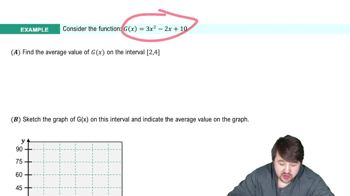The Mean Value Theorem
a. Show that the equation 𝓍⁴ + 2𝓍² ― 2 = 0 has exactly one solution on [0,1] .
[Technology Exercises] b.Find the solution to as many decimal places as you can.
 Verified step by step guidance
Verified step by step guidance Verified video answer for a similar problem:
Verified video answer for a similar problem:



 5:53m
5:53mMaster Finding Differentials with a bite sized video explanation from Patrick
Start learning